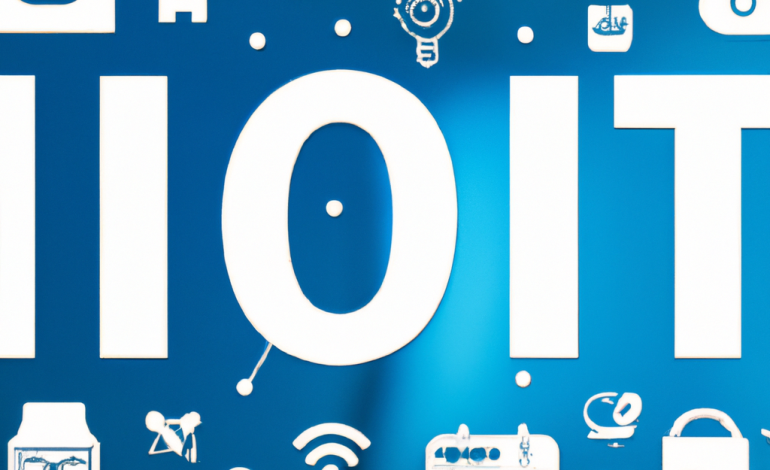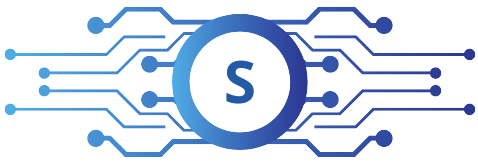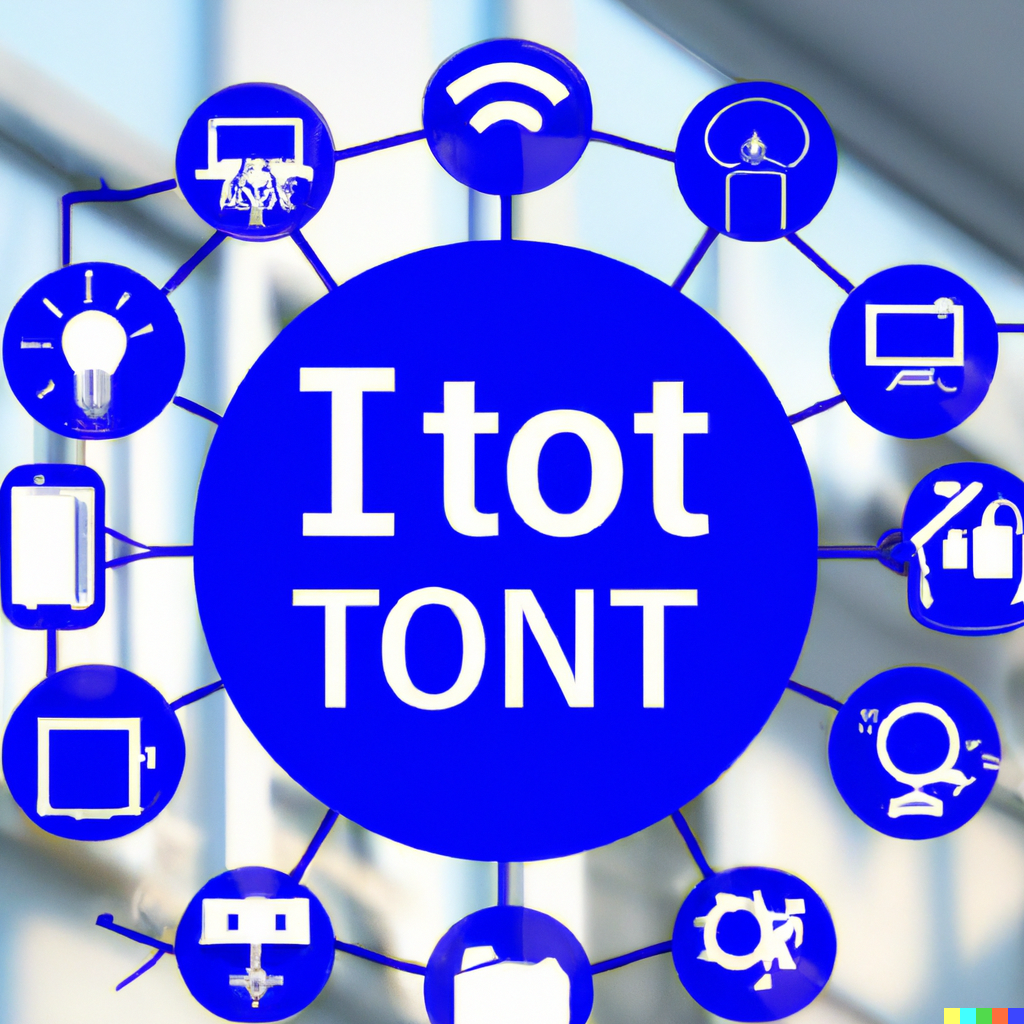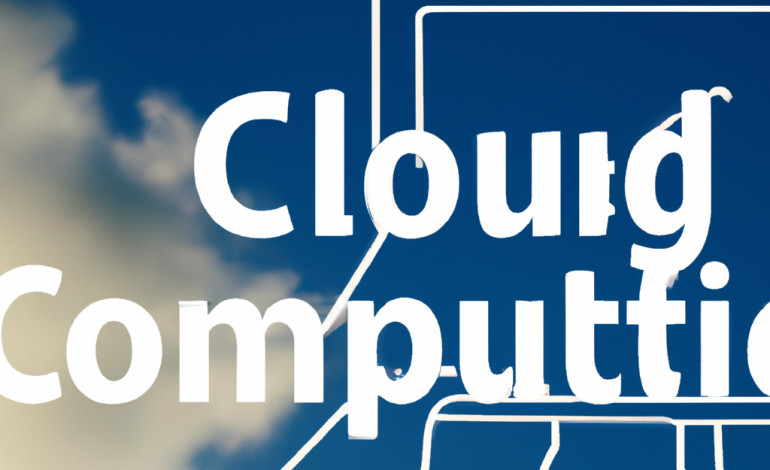
IoT (Internet of Things) has become increasingly prevalent in our everyday lives, transforming various aspects of how we interact with technology and objects around us. Here are some examples of IoT in everyday life:
Here are 22 IoT examples you should know in expect to make life easier:
- Smart speakers like Amazon Echo and Google Home can be used to control smart home devices, play music, get news and weather updates, and more.
- Smart thermostats like Nest and Ecobee can learn your habits and adjust the temperature accordingly, and they can also be controlled remotely from your smartphone or tablet. This can help you save energy and money on your heating and cooling bills.
- Smart security cameras like Ring and Arlo can be used to monitor your property, and they can also send alerts to your smartphone if they detect any suspicious activity.
- Smart wearables like smartwatches and fitness trackers can be used to track your health and fitness. They can track your steps, heart rate, sleep patterns, and more.
- Connected cars are equipped with sensors that can collect data about the car’s performance and surroundings. This data can be used to improve safety, efficiency, and convenience. For example, connected cars can be used to warn drivers about hazards on the road, or to optimize fuel consumption.
- Smart agriculture uses IoT to collect data about crops, soil, and weather conditions. This data can be used to improve crop yields, reduce the use of pesticides, and conserve water.
- Smart city uses IoT to collect data about traffic, energy use, and environmental conditions. This data can be used to improve the efficiency of city services, reduce pollution, and make cities more livable.
- Smart home uses IoT to connect and automate home devices. This can make your home more comfortable, convenient, and secure.
- Smart retail uses IoT to track customer behavior and preferences. This data can be used to improve the customer experience and increase sales.
- Smart healthcare uses IoT to collect data about patients’ health. This data can be used to improve diagnosis and treatment, and to provide better preventive care.
- Smart manufacturing uses IoT to collect data about the manufacturing process. This data can be used to improve efficiency, quality, and safety.
- Smart logistics uses IoT to track the movement of goods. This data can be used to optimize shipping routes, reduce costs, and improve customer service.
- Smart transportation uses IoT to track vehicles and passengers. This data can be used to improve traffic management, reduce congestion, and improve safety.
- Smart energy uses IoT to collect data about energy use. This data can be used to improve energy efficiency, reduce costs, and create a more sustainable energy future.
- Smart waste management uses IoT to track waste collection and disposal. This data can be used to improve efficiency, reduce costs, and protect the environment.
- Smart agriculture uses IoT to collect data about crops, soil, and weather conditions. This data can be used to improve crop yields, reduce the use of pesticides, and conserve water.
- Smart building uses IoT to connect and automate building systems. This can make buildings more comfortable, convenient, and secure.
- Smart grid uses IoT to monitor and control the power grid. This data can be used to improve reliability, reduce outages, and make the grid more efficient.
- Smart city uses IoT to collect data about traffic, energy use, and environmental conditions. This data can be used to improve the efficiency of city services, reduce pollution, and make cities more livable.
- Wearables like smartwatches and fitness trackers can be used to track your health and fitness. They can track your steps, heart rate, sleep patterns, and more.
- Virtual assistants like Amazon Alexa and Google Assistant can be used to control smart home devices, get information, and answer questions.
- Self-driving cars are equipped with sensors that allow them to drive themselves. This technology has the potential to revolutionize transportation and make our roads safer
These are just a few examples of how IoT technology has permeated everyday life, making it more connected, efficient, and convenient for individuals and communities. As IoT continues to evolve, its impact on various industries and aspects of daily life is expected to grow even further.



